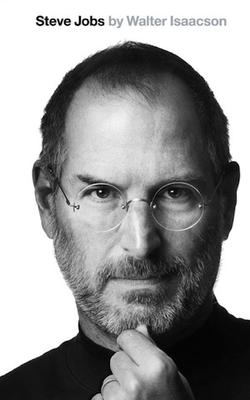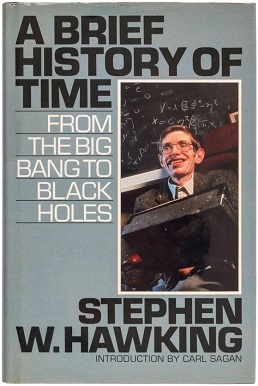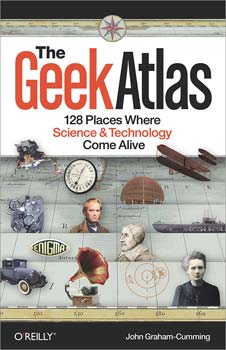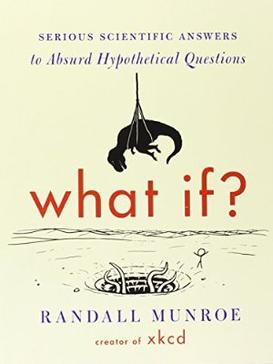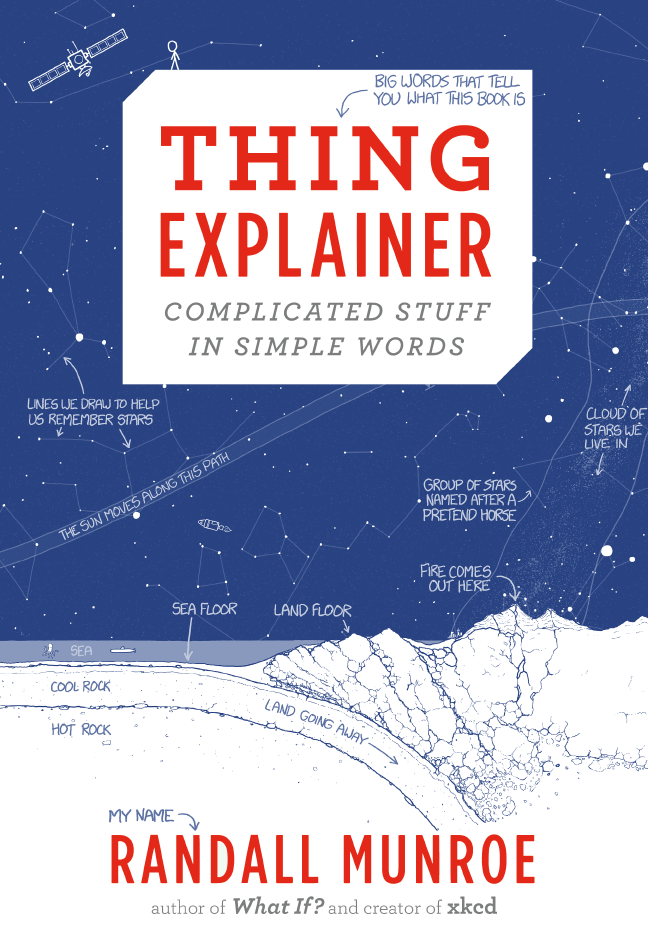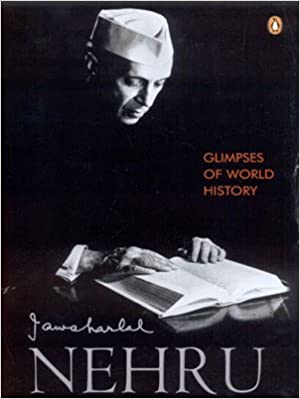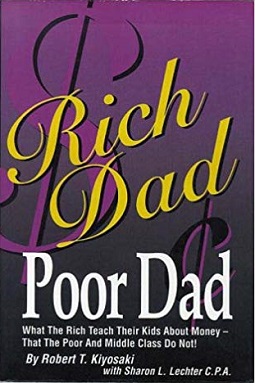To make a good career, we start diving into lot of technical books since our early 20s. Some books we read over and over because either we fail to understand their content first few times or the concept itself is so intriguing that you want to refresh your memories with it every few years. For me, few of such books (among many others) are the dragon book on Compilers or the fat CLRS algorithms book. Every time I read it, I understand some of the much more deeper concept that I failed to understand in my previous attempts. In my profession, I often face a situation where I need to go back and read about things that can be well explained in those books than searching on internet.
But, when it comes to reading the non-technical books, it is a different story. As a kid, I never read anything outside schoolbooks, except some comics in summer. Reading novels was not even remotely in my thought. It took me 23 years to take the first novel, Dan Brown’s Da Vinci Code in my hand. The thriller novel was no doubt a very interesting book to read and I sat for hours reading it to complete. Over the period of years, I developed a hobby to read more books, however the book category that I got interested in turned out very different than my first non-technical book. I got interested in reading nonfiction books and here, I would like to describe some of my favorite ones I read so far.
Biography
The Story of My Experiments with Truth
An autobiography of Mahatma Gandhi by far is the best book I have ever read and most likely it will be my favorite in future. This book is part of curriculum (or at least it used to be) in many school districts of India to teach students the values and principles of one of the greatest spiritual soul that existed in the world. It might be hard to follow his principles for many of us, but I think there are many takeaways from this book that everyone can apply in their life and see benefit out of it. The book describes the childhood of Mohandas Gandhi, his personal struggle in controlling his thoughts as well as the freedom struggle that he led in South Africa and India to bring justice to the underprivileged. The book covers his life journey until 1921 after which he cites “My life from this point onward had been so public that there is hardly anything about it that people do not know”. I still recall one of the chapter in which he describes a very personal incident of him (and honestly I was astonished with the courage anyone would have to describe it in his/her autobiography) where he preferred his desire to spend some intimate time with his wife instead of massaging his old father who passes away while he was in bedroom. This incident led him to eventually practice abstinence.
Steve Jobs
If you want to know what it takes to be successful, or looking for something motivational, “Steve Jobs” is the book you should pick. Highly inspirational, this book starts with childhood days of Steve Jobs, how he was adopted, his schooling and drop out, his India tour and his love for computers which led in building the Apple I. It describes incident where he was fired from Apple and how he took that opportunity to build NeXt and Pixar, followed by his return to the Apple. The book teaches us how you need to envision and realize a bright future of technology industry. It teaches us the design principles and high expectation that Steve had, to deliver one of the finest and most polished products that were sold in any industry. Since the book is written after conducting more than forty interviews with Steve Jobs over two years, Walter Isaacson does a great job in capturing some of the dialogues of various instances between Steve and his colleagues with whom he built Mac, Pixar and iPhone.
Scientific
A Brief History Of Time
If you want to understand complex physics concepts in easy to understand language, “A Brief History of Time” is the book to read. Renowned physicist Stephen Hawking talks about basic concepts of space and time, building blocks of Universe, Time Travel, Black Holes, and the Big Bang theory in simple, non-technical terms. Once you read this book, it is fascinating to realize that you will understand all these things without seeing any physics equation. This short book of approximately 250 pages has only a single equation “E = mc2”. Major theories like “general relativity” and “quantum mechanics” are well explained that even a 7th grader can understand. A highly recommended book to brush up your physics concepts and can be completed over the weekend.
The Geek Atlas
If you are a geek, and you want to know some of the coolest places in world that is unique in scientific way or where great discoveries were done, Geek Atlas is your traveler’s guide. It has 128 chapters, each talks about a place around the world where historically some great things related to science, mathematics or technology occurred. Even the number “128” that the author has chosen, is a power of 2, people from computer background are familiar with. Not just the book talks about a place, it also explains the scientific or technical concept behind that, so the reader can understand the importance of that place. By reading this book, not only does the reader acquire knowledge about these 128 places, but also understand 128 concepts that you must have not known or might have long forgotten. From Darwin’s Theory of Evolution to 1 Infinite Loop, this book has a great collection of topics to read. My favorite among all of those is a place Le Pantheon in Paris having Foucault pendulum that demonstrates the Earth’s rotation.
What If?
From the author of xkcd webcomic, “What If?” is a fun book to read that gives great scientific answers to the non-sensible hypothetical questions. The book contains some of the selected answers from his webcomic what-if.xkcd. It is very astonishing to see author’s knowledge on physics and mechanics concept when you see him giving scientific explanation to some of the imaginary question. For example, Laser Pointer chapter answers “If every person on Earth aimed a laser pointer at the Moon at the same time, would it change color?” As factitious it sounds, Randall Munroe starts by explaining where should be the Moon relative to Earth to get maximum exposure of laser light, choosing a place on Earth where maximum people can point their laser beam on and at what time they should be doing that. He further explains what lumens of light a laser should have and its effect on moon and how much power it would take if stronger focus lights are used instead of laser beam. The answer also talks about the possibility of using National Ignition Facility that has the confinement beam of most powerful laser on the Earth. Further, he gives some equation that explains if the light beams will vaporize the Moon rocks. To help easy understand and imagine, these answers and the surrounding explanation are depicted by various drawings.
Thing Explainer
If you want to test how much you know about something, try explaining it to a 5-year old. If you can translate the complex concepts in a simple term that child can understand, you probably know the concept well. That is the theme that Randall Munroe, the author of “What If?”, followed in “Thing Explainer” as well. Randall uses 1000 most common English words to explain how some of the things around us works. He explains Microwave, Data centers, International Space Station, Solar System, Helicopters, Washers and Dryers and Human organs. Not to mention, all these concepts are demonstrated by giant drawings.
Historical
Discovery of India
I got fascinated about history after watching Bharat Ek Khoj, an Indian TV series based on Jawaharlal Nehru’s “The Discovery of India”. Nehru, the first prime minister of independent India written this book while in imprisonment by British during India’s freedom struggle. The book starts by describing Indus Valley Civilization, which one of the oldest civilizations, existed between 3300 BCE and 1900 BCE. As the civilization matured, the book takes you through the arrival of Vedic people, caste formation, ages during which the longest epic “Mahabharata” and “Ramayana” was written, arrival of Buddhism, various ages of Mauryas, Sangam, Vardhana, Chola, Maratha, Mughal and finally British. It describes how the kings and rulers of each dynasty influenced the Indian culture and traditions, its territory and their economy model all of which can be seen deeply embedded in 21st century’s India.
Freedom at Midnight
Freedom at Midnight is the latest historical book I read. Written by Larry Collins and Dominique Lapierre, this is one of the most fascinating and marvelous book of events around Indian independence and its partition. The authors took couple of years of intense research with lot of interviews to capture every minute details of India between 1946 and 1948. The book starts when Lord Mountbatten is appointed as the last viceroy of India in the Winter of 1946. His task is to withdraw the British rule from a land that they ruled for more than 150 years. The challenge that came with the task was to convince the Indian leaders to avoid partitioning the country. He succeeded in the former, but unfortunately failed in later. The book also describes similar attempts of another Indian leader, Mahatma Gandhi, who tried hard to avoid partition, but failed miserably. The book narrates the colorful and lavish lifestyles enjoyed by Indian kings and princes, the circumstances that led to the decision of partition, its repercussion of bloodshed. The book concludes with a chapter “The second crucifixion” that describes the murder of Mahatma Gandhi, the great soul.
Glimpses of World History
Glimpses of World History is a collection of 196 letters written by Jawaharlal Nehru to his daughter Indira Gandhi during 1930-1933 when he was in prison for Indian freedom struggle. In school, he says, the history that is been taught focuses only on a particular region or a country. He did not want her daughter to be deprived of history of other countries and these letters served the purpose of educating her not just the history of India, but of entire world. Firstly, I am astonished with the plethora of knowledge the author had to write a book on such a complex topic while in prison. The second stunning thing about this book is it has a huge chronological table that gives a summary of what was happening or who was ruling various countries across continents since 6000 BCE. If the reader has very little patience of reading 1100+ pages, then they should at least peek into this chronological table.
Financial
Rich dad, Poor dad
Many people must be very familiar with this classic book about how to make wise decisions about the finance so you can build wealth by investing in real estate, owning a business, and managing the cash flow. As Robert Kiyosaki mentions, it is so true that the fundamentals of finance, which becomes so important in everyone’s life after one point, is never taught in school. The foundation of investment and some strategies need to be rooted in student’s mind at early age. It is unfortunate that only some of the handful people get exposure to this knowledge, like the author got from his so called “Rich Dad”, which helps them building their wealth empire and retire early. This book is a “Finance 101” and should be read (and sometimes over and over) by everyone.
Spiritual
The essence of Yoga Vashishta
If you have seen Matrix trilogy, the concepts written in this book should not be surprising. This book written in around 9th or 10th century AD is a shorter version of Yoga Vashishta that was estimated to be written in 5th century AD. The story of Lord Ram and his teacher Guru Vashishta that the book describes, dates back to 5000 BC. Lord Ram is dejected at one point and want to understand the meaning of life and Guru Vashishta gives a beautiful explanation of his every question. Every chapter describes different stories that Guru Vashishta tells Lord Ram that explains the role of our mind in bringing sorrow and happiness to us and how we should control it. To give an analogy, the explanation resembles to what Morpheus tells Neo about matrix being a dream world which is very different from the real world. Our mind is trapped in a dream world, and so we become happy and sad based on things that happen inside matrix. By practicing meditation, a person can realize the fact that the world he sees is a dream world, and he can control his thoughts such that the illusionary world will have no effect on his wellbeing which is living in the real world of self-realization.
Autobiography of a Yogi
Autobiography of a Yogi is one of the most popular spiritual books, not only in India but in many western countries. In case you don’t know, it was one of the greatest treasure that Steve Jobs had and was introduced to during his early days. Firstly, the prose of this book is so phenomenal that it is hard to believe that a monk would write such a good English that you need to peek into a dictionary after every few paragraphs. It describes various spiritual events in the life of Paramahansa Yogananda, practice and benefits of Kriya Yoga and the transmission of Divine Consciousness. Throughout his life, he met with various spiritual leaders of his time and there is a chapter that describes his experiences with each one of them, one of being Mahatma Gandhi. The best part of this book is that not only it gives a spiritual narrative to an incident, but also gives a scientific explanation of why things happen that way, making it hard to disbelieve. Some of the breath taking chapters tells stories about a devotee who died and was reborn and rediscovered by the yogi or a story of Giri Bala, a woman who never eat food.
Buddha
Written by a well-known spiritual author Deepak Chopra, this book takes the reader to the transformation of the life of young prince Siddhartha, his journey for the pursuit of internal peace as Gautama and the time he meets his destiny of enlightenment as Buddha. I have always admired the teachings of Buddha, and I often read some pages of this book to find inner peace from time to time. The determination of Siddhartha to find the truth is well known and this book too has a good description of that portion of his life. It talks about how Gautama decides to starve until he finds truth, but then after few days collapse down because of hunger. His hands no more look like those of a human being but appears like a cloth put on a skeleton. Without much energy at that point, he crawls out of his cave to find out a young girl who feeds some rice to him. He recovers and then discover new ways of finding the truth. The part when Gautama gains self-realization is also breathtaking. It describes how every moment must have been for Gautama during his meditation under the Bodhi tree when he faced Mara who tried seducing him to break the meditation, but because of the firm will and courage, Gautama succeeds in getting the enlightenment and becoming Buddha.

